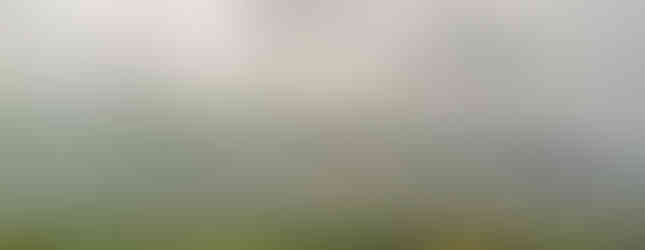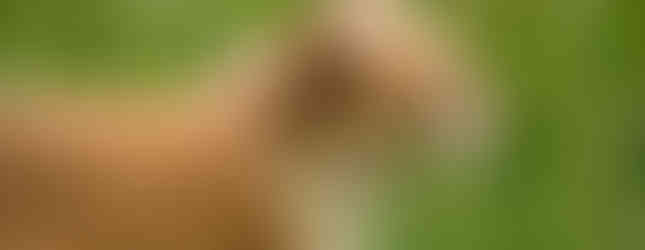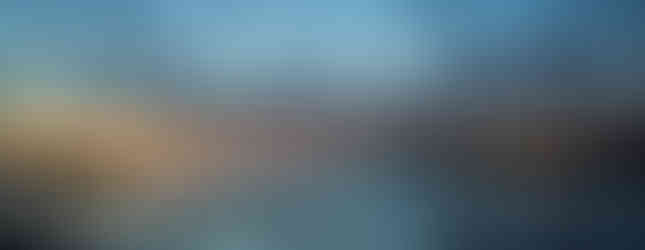Through the Lens, I Find Serenity
- The Autistic Lens

- Oct 9
- 7 min read

It didn’t start with the camera. It never does.
It started with a feeling I couldn’t name. A flicker in the air. The weight of a shadow. A moment that felt louder than it looked. And even as a kid, before I had the words for what I was sensing—before I knew I was autistic, before I knew what sensory processing even was—I had a pull toward those moments. Toward whatever lived inside the light.
I remember being at day camp, probably seven or eight, in one of those science-and-nature programs where you rotate through little workshops, and one of them had a darkroom. They gave us classic manual film cameras and told us to take pictures—composition didn't matter much, it was more about the steps—but I cared. I remember that clearly. I wanted it to feel right. I remember looking through the viewfinder and lining things up just so. Waiting. Adjusting. And then the development process? That’s what hooked me. The way the image emerged on the paper in a chemical bath like it had always been there, waiting to be seen. The smells of the fixer and the developer burned into my memory. It felt sacred. Like conjuring.
Not long after that, my parents gave me my very first real camera—a Fisher-Price Perfect Shot in blue. It was chunky, plastic, built for kids, but it was mine. I don’t think they ever got film for it. But I didn’t care. I carried it around anyway. Pretended. Practiced. Clicked the shutter like I was casting spells.
Later, my mom got herself a Kodak Easyshare M381 in red—and I basically claimed it as my own. That was the first camera I really used, the one where I started to feel like I could make something instead of just pretend. I took it everywhere. I wasn’t thinking about being a “photographer.” I just needed a way to feel. To remember. My brain has always struggled with memory in the traditional sense—trauma, neurodivergence, the usual swirl. But photography gave me something else. I’d look back at an old photo and the whole moment would rush in: the air, the smell, the silence. I didn’t just see the picture—I remembered the feeling of being there. Fully. Physically.
Photography didn’t just help me remember. It helped me exist.
And then, “Darling.” That’s the name I’ve given her in earlier blog posts, and it still fits—sweet and sharp and part of my origin story. One of the times I traveled to the UK to stay with “Darling,” I had upgraded again. This time it was a Kodak Easyshare Z981, with a 26x optical zoom that made me fall in love with landscapes and nature photography. That camera felt like a revelation—I could finally reach farther, see more, capture the horizon the way it lived in my head. She was one of my earliest serious partners, one of the first people who looked at my photos and didn’t just say “that’s pretty,” but “you have to do this. Really do this.” She told me I should go into it professionally. That I saw things other people didn’t. That my weird, quiet magic wasn’t a fluke—it was a gift. That belief stayed with me longer than the relationship did. In some ways, it still does.
And then came college. My mom and dad bought me my first DSLR for my photography classes—a Canon EOS Rebel. It felt like holding possibility itself in my hands. I learned the technical side fast—it felt intuitive. Not because I was studying, but because I could already “see” the image in my mind before I ever took the shot. I called it my “mind’s eye,” even before I had the vocabulary to explain how autistic pattern recognition, sensory detail, and emotional synesthesia made photography feel less like a process and more like translation.
A few years later, after I’d started my photography business and was working more seriously, I switched to a Nikon DSLR. That was the camera that taught me professionalism, the one I used for shoots, the one I built a piece of my identity around. I still use a Nikon to this day, though a newer model.
I could shift seasons in my head. Rotate angles. Change time of day. I could imagine the post-processing edits before I pressed the shutter. It was like a hologram I could walk around. People said I had a “weird” way of seeing things. I still do. But now I know why. Now I know it’s not weird—it’s me.
And for a long while, photography became the place where I felt most understood, even when I couldn’t explain myself. Even when my body betrayed me, or my words scattered. Even when I was masking so hard I forgot what my real face looked like. The camera never asked me to perform. It just asked me to see.
I think that’s why I stuck with it for so long. Through all the chaos. Through jobs and heartbreaks and moves and burnout. Even when my health tanked. Even when I couldn’t get out of bed for days. Even when I was trying to survive the fire of being too much and not enough all at once. The camera stayed.
Until it didn’t.
It’s been more than two years now since I last touched it. My real camera. The one that feels solid in my hands. The battery’s long dead. The body’s gathering dust on the shelf. And I’ve felt that absence like a missing limb—not loud, just constant. A low ache. A silence I didn’t know how to fill.
I still take photos now and then on my phone. When the light is just right. When the air shifts and something inside me whispers, pay attention. Those are the moments when I feel alive again. When the click of the shutter syncs with the beat of my heart. When everything around me fades, and it’s just me, and the world, and the knowing that this is what I was made to do.
Even now, when I scroll my old galleries, I don’t just see beauty—I see truth. Emotional timestamps. Cracks in the pavement under lamplight. Forgotten holiday decorations behind rain-streaked windows. A friend’s laughter caught in motion blur. A shadow on a wall that said more than words ever could. I’ve never had the best memory, but my photos remember for me. They’re my history. My witness. My way back to myself.
I’ve written about all this before—about how art, for me, is survival. How “Ethicism” didn’t start as a philosophy but as a defense mechanism. How “Nothing Is Wrong” and “The Myth of 'The One'” and “On the Wing and Prayer” weren’t just blog titles—they were lifelines. Ways to say “I’m still here” when the rest of me didn’t know how.
Photography was the first of those. The first language I ever spoke fluently. And it’s still the one that feels most honest when my mouth goes quiet.
I’ve missed it so much.
There’s grief in that, if I’m honest. And shame. Because when you step away from something that once defined you, it’s easy to feel like you’ve failed. Like you abandoned a part of yourself. But I know now—really know—that I stopped because I was in survival mode. Because my body couldn’t keep up. Because even joy started to feel like too much. Because burnout doesn’t ask permission.
And yet, the season’s changing. The air is cooler now. My lungs are calmer. The world feels a little less sharp around the edges. And I want to go back. I’m ready to go back. Slowly. Gently. No pressure. Just the click, and the light, and the quiet understanding that this is where I feel most real.
So I’m charging the battery. Wiping off the dust. Letting the camera be a mirror again—not of how I look, but of how I feel. How I exist.
I know now that editing isn’t just technical—it’s sacred. It’s where I ask myself, what was I really trying to say? Why did I lift the lens in the first place? Why did I need to hold this moment still?
Maybe I’ll brighten a photo because I’m clawing toward hope. Maybe I’ll drain the color out of another because the joy would’ve been a lie. Maybe I’ll crop the frame until it hurts. Or heals. Or both. Because editing is emotional architecture. It’s how I translate what my senses felt into what others might understand.
I’ve gotten better at writing, yes. I’ve found ways to say the hard things. To name the ache. To build a worldview that holds kindness and clarity in the same breath. But even now—after all this—some feelings still live beyond the limits of language. And when I hit that wall, I want the lens again. I want the frame. The silence. The invitation.
Because when the world won’t let me speak, I take a picture instead.
So this is the promise I’m making to myself: I’m going back. To the lens. To the feeling. To the version of me who never needed permission to see the world differently. Who didn’t apologize for being tender, or strange, or overwhelmed. Who just made art out of it.
I’ll start again. Quietly. Without performance. Without expectation. Just light. Just breath. Just truth.
And if I share something again—something new, something raw, something mine—I hope you’ll see it. Not for the composition. Not for the edit. But for the feeling. For the moment I chose to keep living, and frame it.
Because that’s what photography has always been to me.
Not a craft.
Not a hobby.
Not even a calling.
A compass.
A sanctuary.
The only true serenity I’ve ever known.
And I’m ready to come home to it.





































































